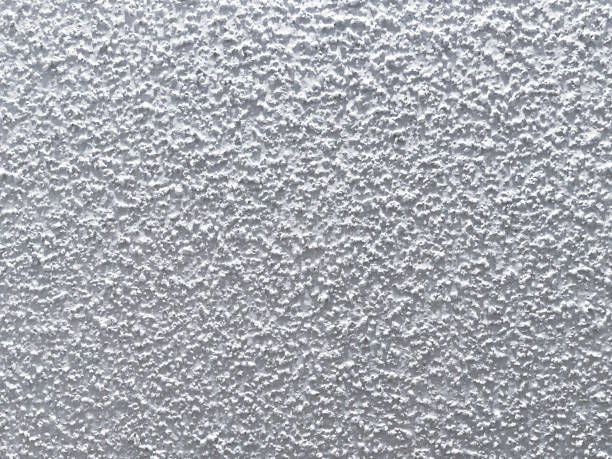Popcorn ceilings, also known as acoustic or textured ceilings, are notorious for attracting dust and cobwebs. Cleaning them can be a challenge, especially if you want to avoid making an even bigger mess. In this article, we will guide you through the steps to clean popcorn ceilings efficiently while minimizing debris and dust spread.
Preparing the Room for Cleaning

Before you start cleaning your popcorn ceiling, it’s crucial to prepare the room adequately. Remove furniture or cover it with drop cloths to protect it from falling dust and debris. Use painter’s tape to secure the cloths to the floor for added protection. Additionally, ensure you have the right tools and materials such as a vacuum cleaner with a brush attachment, a soft-bristle brush, and a spray bottle with water. Proper preparation helps in containing the mess and makes the cleanup process easier.
Testing for Asbestos
If your home was built before the 1980s, it’s important to test your popcorn ceiling for asbestos. Asbestos was commonly used in building materials and can pose serious health risks. You can purchase an asbestos testing kit or hire a professional to conduct the test. If asbestos is found, it’s best to hire certified professionals for removal. Cleaning a ceiling with asbestos can spread hazardous fibers, so safety must be a priority.
Using Dry Methods
One of the least messy ways to clean a popcorn ceiling is by using dry methods. Attach a soft-bristle brush to your vacuum cleaner and gently brush the ceiling to remove dust and cobwebs. Be sure to vacuum in a straight line and avoid pressing too hard to prevent damaging the texture. This method is ideal for regular maintenance and helps to prevent significant dust accumulation.
Wet Cleaning Techniques
If your popcorn ceiling has stains or grime, you may need to use a wet cleaning method. Mix a solution of warm water and a small amount of dish soap in a spray bottle. Lightly mist the ceiling in small sections and let it sit for a few minutes. Use a soft cloth or sponge to gently scrub the stained areas. Avoid over-saturating the ceiling as excessive moisture can cause the texture to become loose.
Preventing Future Dust Build-Up
Regular maintenance is key to preventing future dust build-up on your popcorn ceiling. Dust the ceiling every few months using a vacuum cleaner with a brush attachment. Additionally, consider using a dehumidifier to reduce moisture levels in the room, which can help prevent dust and cobwebs from sticking to the ceiling. Ceiling fans can also help circulate air and keep the ceiling cleaner for longer periods.
Conclusion
Cleaning popcorn ceilings can be daunting, but with the right preparation and techniques, it doesn’t have to make a mess. By using both dry and wet methods appropriately, and ensuring regular maintenance, you can keep your popcorn ceiling looking clean and well-maintained. Always prioritize safety, especially when dealing with older ceilings that may contain asbestos.
FAQs
1. How often should I clean my popcorn ceiling?
It’s recommended to clean your popcorn ceiling every three to six months to prevent dust and cobweb accumulation.
2. Can I use a broom to clean my popcorn ceiling?
Using a broom is not advisable as it can damage the texture. A vacuum cleaner with a soft-bristle brush attachment is a safer option.
3. What should I do if my ceiling gets damaged during cleaning?
If the texture gets damaged, you can use a popcorn ceiling repair spray to fix minor damages. For extensive damage, consider consulting a professional.
4. Is it safe to clean a popcorn ceiling if it hasn’t been tested for asbestos?
No, it is not safe. Always test for asbestos first if your home was built before the 1980s to avoid health risks.
5. Can I paint my popcorn ceiling to cover stains?
Yes, you can paint a popcorn ceiling using a thick nap roller. However, painting should be a last resort after cleaning.
